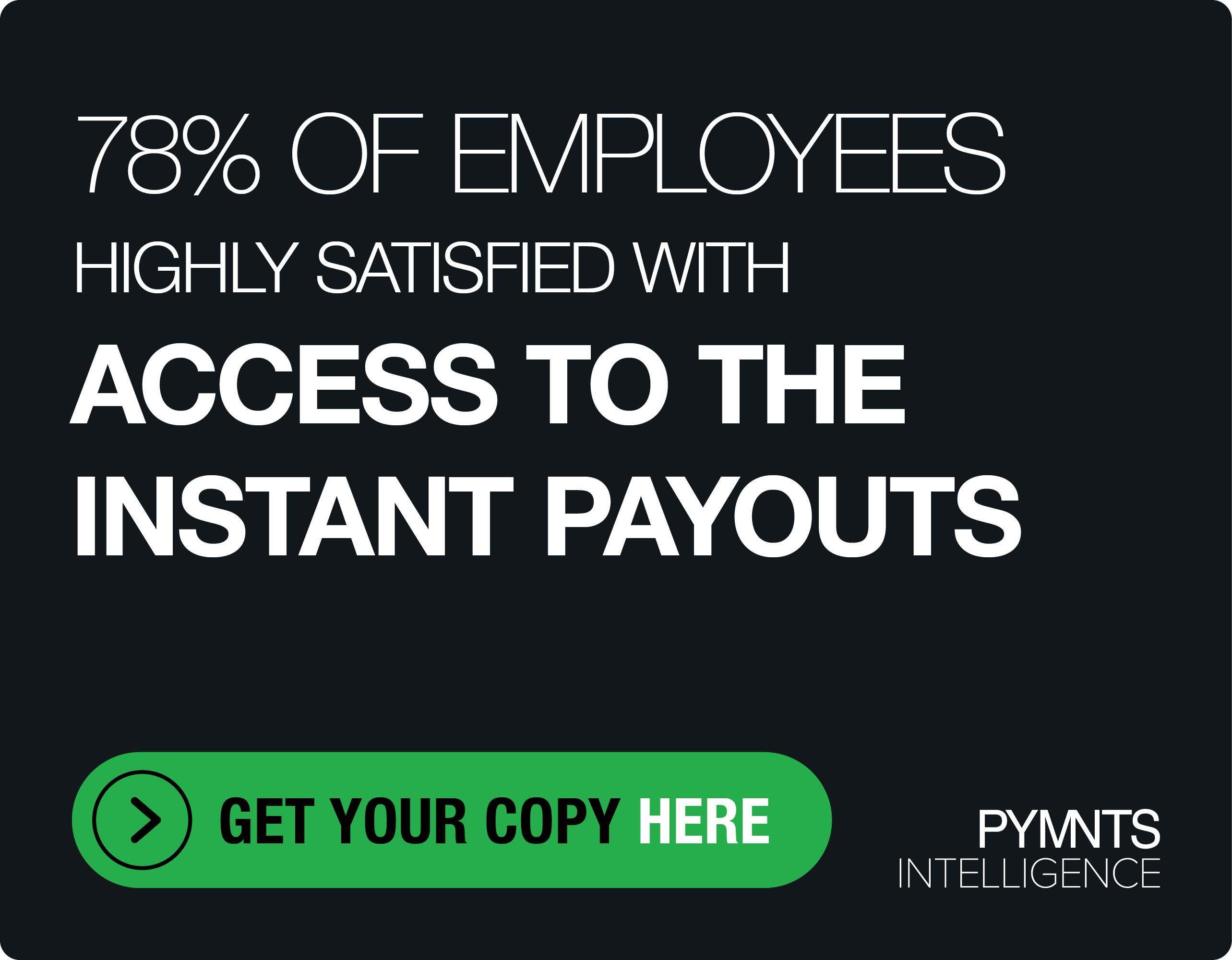Behind The McDonald’s Counter
McDonald’s is currently embroiled in a legal battle that finds the fast food giant fighting to remain disassociated, at the corporate level, from responsibility for labor practices at its U.S. franchises. A number of behind-the-scenes practices have emerged during the proceedings that cast the home of the Big Mac in a less-than-flattering light.
SHUTTERSTOCKA trial has exposed the behind-the-scenes workings of McDonald’s labor practices, and the fast food chain cannot be … Lovin’ it.
(Nailed it.)
A recent AP story dives into the details of the current legal proceedings — the opening statements for which began last week in New York — pitting the National Labor Relations Board in opposition to McDonald’s, with the former claiming that the fast food giant holds an amount of control over the personnel moves at its franchise locations throughout the United States that is significant enough to warrant that the company be deemed a “joint employer” along with those franchisees.
The trial was born of a number of cases across the U.S. wherein McDonald’s workers claim to have been treated unfairly by the corporation as a result of their having campaigned for an increased hourly wage of $15, as well as for having made efforts to unionize.
In its attempt to prove that it is not, at a corporate level, responsible for the hiring and pay decisions made at the 90 percent of its 14,000 domestic locations that are franchised, McDonald’s has had to deal with the exposure of a number of operational practices that, as the AP story intones, do not necessarily put the company in the best light.
Among those that the outlet highlights is an internal program of McDonald’s called “Hiring to Win,” whereby — according to Jamie Rucker, a lawyer for the National Labor Relations Board — the company encourages franchise operators to asses job applicants with an apparently traffic light-inspired, color-based grading scale consisting of “green,” “yellow” and “red.”
While the implications of the “green” and “red” grades seem clear enough — “hire” and “do not hire,” respectively — one has to wonder what a McDonald’s franchise operator is to make of the “yellow” designation … Do not hire if it is safe to do so?
Another corporate practice that Rucker brought to light in his opening remarks at the trial was McDonald’s stated guideline that an order should take 20 to 25 seconds to complete.
In defending that element, Richard Brody, a lawyer for New York franchisees, claimed that it was part and parcel with McDonald’s responsibility to protect its brand image, positing the hypothetical, according to the AP, of what would happen if a McDonald’s customer received a Big Mac that came with no “special sauce.”
Not a problem for anyone who has Thousand Island dressing on hand, one might pose as a counterpoint.
Legal representatives for the National Labor Relations Board also alleged that McDonald’s “operations consultants” wield a substantial amount of influence on the very existence of franchises’ agreements (even a lawyer for McDonald’s Corp., William Goldsmith, acknowledged that sometimes those consultants engage in behavior that “crossed the lines between advice and direction,” notes the AP), as does corporation-provided software that is designed for franchisees to determine employees’ hours based on sales rates.
One final detail that the AP story draws attention to is McDonald’s toolkit, whose purpose — similar to the scheduling software — is to provide franchise managers with a framework for limiting workers’ wages so that they do not exceed those offered by other McDonald’s locations in the area.
Regarding this alleged practice — which the AP’s Candice Choi identifies as “McPay” — it might not even be worth the fight for McDonald’s, given that, based on what’s come out so far in the trial, it’s unlikely that a potential employee would see much value in working at the chain, regardless of the restaurant’s location.
